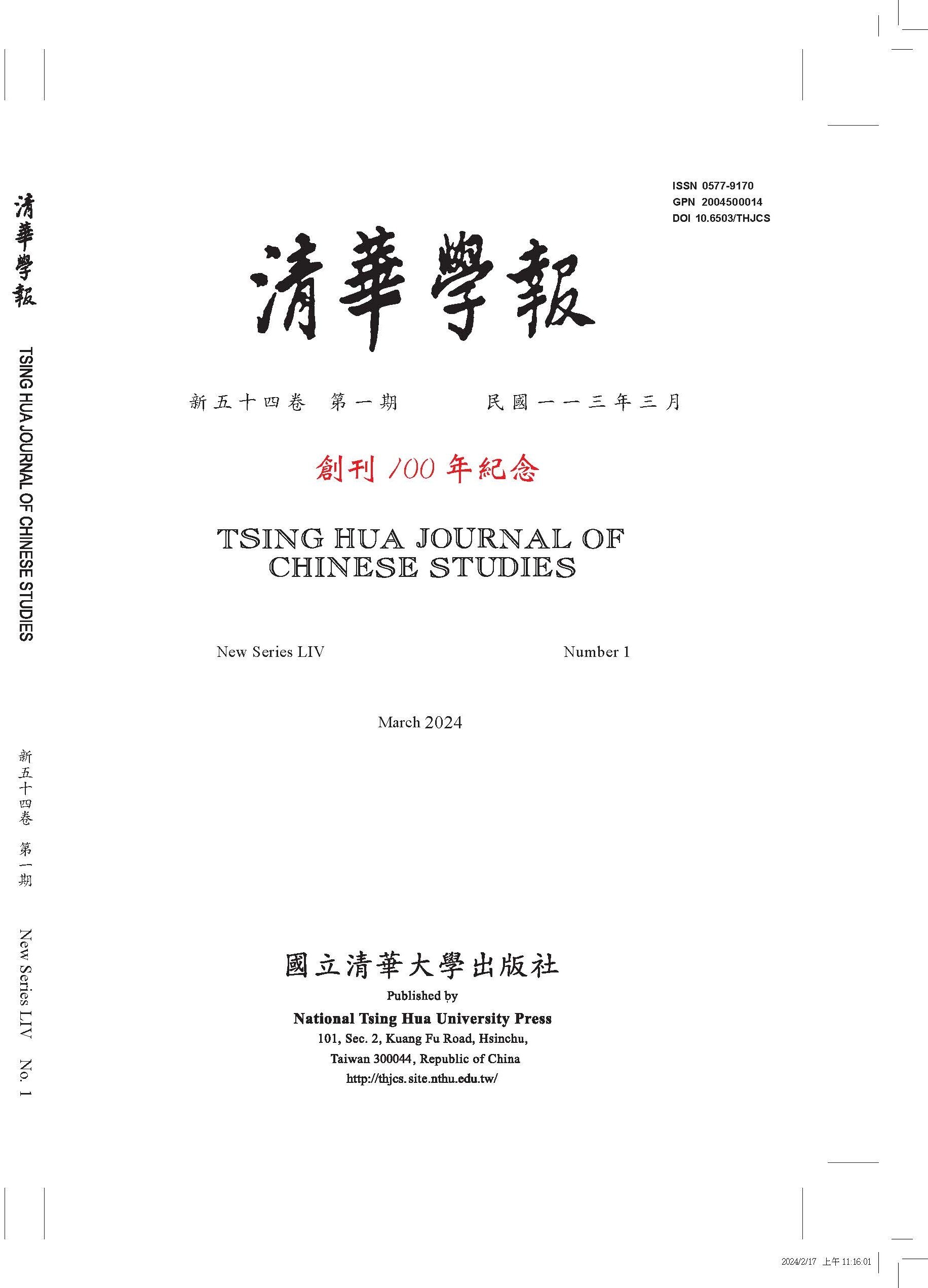Long-term Inflation in the Eastern Han Dynasty: An Analysis Based on Archeological Evidence
Vol. 41 No. 4 06/2011
|
Title |
Long-term Inflation in the Eastern Han Dynasty: An Analysis Based on Archeological Evidence |
|
Author |
Chen, Yen-liang |
|
Genre |
Article |
|
Pages |
669-714 |
|
Download |
|
|
Language |
Chinese |
|
Key words |
Eastern Han Dynasty, inflation, Wuzhu 五銖 coins, Money Circulation Law, natural economy |
|
Abstract |
The basic argument of this paper is that the unusual form of natural economy (i.e. trading without money) in China during the 3rd-6th centuries was an inevitable outcome of the collapse of the monetary system in the Eastern Han Dynasty (1st-3rd centuries). This collapse was mainly caused by long-term inflation, and extensive archeological evidence is used here to corroborate this contention. There were two institutional shortcomings which caused this monetary breakdown. First, monopoly of coinage encouraged the government to over-issue currency during the Eastern Han in order to increase seignorage profit. Second, the inappropriate “Money Circulation Law” allowed bad money to circulate, driving out good money in accordance with Gresham’s Law |

